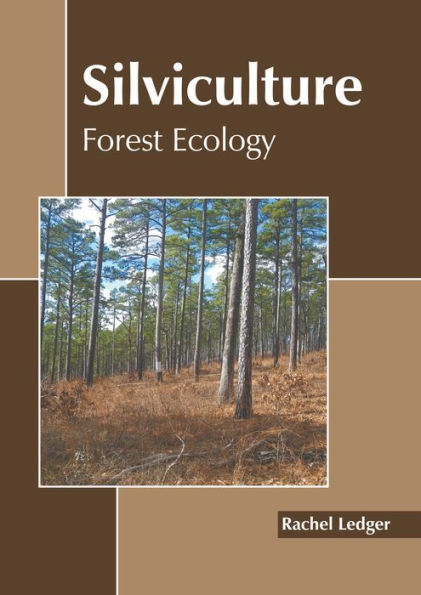Home
Response of Pondersoa Pine Stands to Pre-Commercial Thinning on Nez Perce and Spokane Tribal Forests in the Inland Northwest, USA
Barnes and Noble
Response of Pondersoa Pine Stands to Pre-Commercial Thinning on Nez Perce and Spokane Tribal Forests in the Inland Northwest, USA
Current price: $15.99


Barnes and Noble
Response of Pondersoa Pine Stands to Pre-Commercial Thinning on Nez Perce and Spokane Tribal Forests in the Inland Northwest, USA
Current price: $15.99
Size: OS
Loading Inventory...
*Product information may vary - to confirm product availability, pricing, shipping and return information please contact Barnes and Noble
Stands of dense, natural ponderosa pine (Pinus ponderosa var. ponderosa) regeneration were operationally, precommercially thinned at seven sites-four on Nez Perce Tribal lands in northern Idaho and three on Spokane Tribal lands in eastern Washington. Five spacing treatments were studied-control (no thinning), 5x5 ft, 7x7 ft, 10x10 ft, and 14x14 ft. Sample trees were measured pre- and post-thinning, 3 yrs after thinning, and 5 yrs after thinning, starting in 1997 (Nez Perce sites) and 1998 (Spokane sites). Models of diameter and height growth, change in crown ratio and height to crown base, and probability of western pine shoot borer (Eucosma sonomana Kearfott) infestation were developed. Little mortality occurred after thinning, and the trees that died had small crowns. Diameter growth for all of the spacings was significantly different, with widely spaced trees growing faster than narrowly spaced trees. Trees with larger initial diameters or crown ratios had faster post-thinning diameter growth. Spacing had no influence on height growth. Height growth increased with increasing initial tree size, larger crown ratios, and increasing pre-thinning height growth, but decreased with increasing post-thin basal area. Height/diameter ratios (an indication of tree slenderness and stability) increased over time on the narrower spacings, indicating trees were still crowded. We found that thinnings of at least 10x10 ft are needed to stimulate a change in height/diameter ratio.











